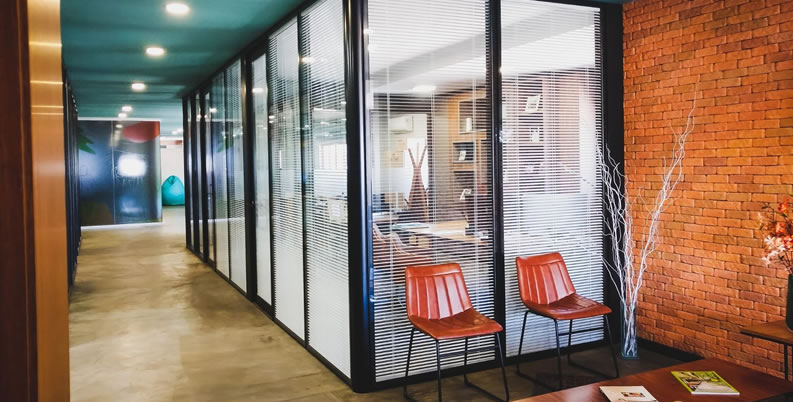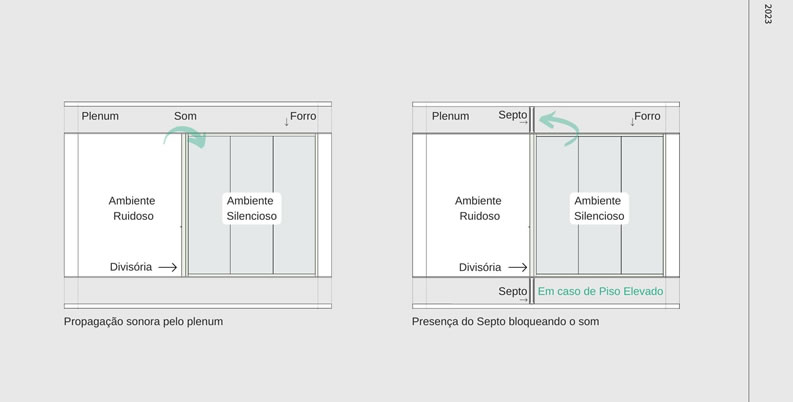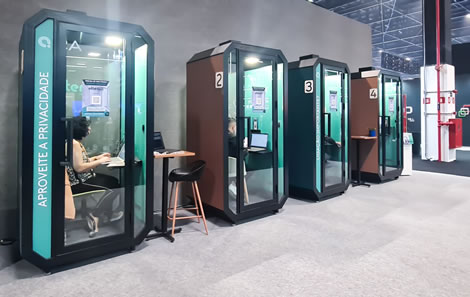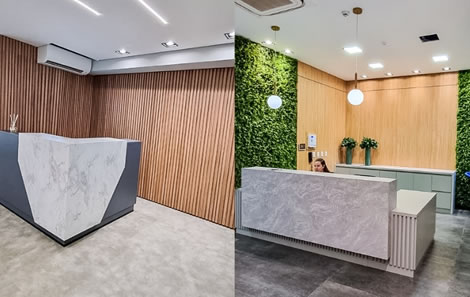Do You Know What Acoustic Insulation Is and How It Impacts the Workplace?
The Importance of Acoustic Insulation in Corporate Environments. Many people are unaware of the critical role acoustic insulation plays in corporate settings. Beyond ensuring sound quality, it prevents external noise from disrupting employees’ focus and productivity. However, many business owners overlook this aspect, whether due to their office’s location or the materials used in construction, leading to decreased productivity and, in some cases, compromised confidentiality. In this article, we’ll explore everything you need to know about acoustic insulation in corporate environments—from selecting the ideal materials for your business to understanding the primary issues caused by poor acoustic insulation.
ATUALLE
With over 28 years of experience in acoustic partitions and office furniture, Atualle offers products designed for high efficiency. Each material and product line is meticulously developed to ensure the necessary levels of sound insulation. Our partitions come in various configurations, glass options, and accessories, all featuring exclusive profiles.
We continuously develop and update our products to align with market trends, maintaining high standards of quality and durability. When you choose Atualle, our specialists will guide you on the best implementation methods or how to create effective sound barriers. Interested in our products? Contact one of our managers for more details.
Yes, “walls have ears”
Sealing office areas is crucial for ensuring comfort for both employees and visitors. Even with investments in high-quality products, other factors can impact the effectiveness of acoustic insulation. Issues such as air leaks, unsealed partitions, uneven ceilings and floors, and sliding or folding doors that don’t provide complete sealing can compromise a room’s acoustic performance.
Did you know that the gypsum ceiling’s TABICA channel is a significant culprit in poor acoustic results? It disrupts the sealing provided by acoustic partitions by creating a continuous channel between rooms, allowing sound to travel freely and reducing the product’s performance. Similarly, interconnected HVAC ducts can transmit sound from one room to another, and electrical outlets installed in the same position on opposite sides of a wall can serve as sound conduits. Recessed lighting fixtures can also create channels between rooms, undermining acoustic privacy. Addressing these issues is essential for achieving effective acoustic insulation in corporate environments. By understanding and mitigating these common problems, businesses can create more productive and confidential workspaces.
PARTITION SEALING
Partition sealing can significantly enhance the acoustic efficiency of any space—whether it’s an office or a home. The process involves filling hollow structural elements with specific sound-absorbing materials to improve sound insulation.
Beyond boosting acoustics, proper sealing also contributes to the overall consistency and appearance of the construction. A well-designed corporate project should always consider and prioritize proper sealing to ensure effective acoustic performance.
Materials and acoustics
In addition to sealing, there are complementary materials that help reduce sound reverberation. Working alongside an interior designer, we’ve identified several materials that contribute to sound insulation:
- Carpet and rugs: Commonly used even in music studios, they help reduce sound reflection on hard flooring surfaces.
- Wood and MDF furniture: These materials are excellent sound absorbers. When used in the form of panels and dividers, they contribute to greater acoustic comfort.
- Upholstered furniture: Armchairs and sofas, aside from offering comfort and aesthetic appeal, function similarly to sound-dampening panels. Made from porous materials like foam and fabric, they help diffuse sound waves.
Plants, curtains, double-glazed windows, and other solutions can also be considered with the help of qualified professionals to ensure your space achieves the desired acoustic results.







